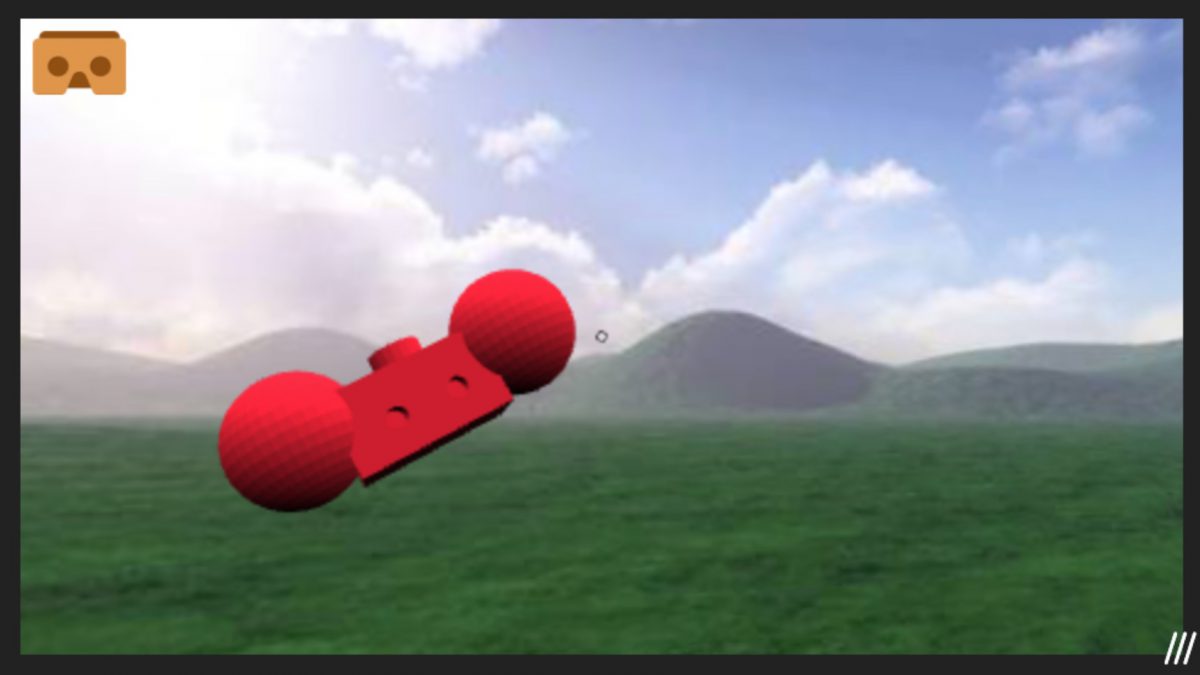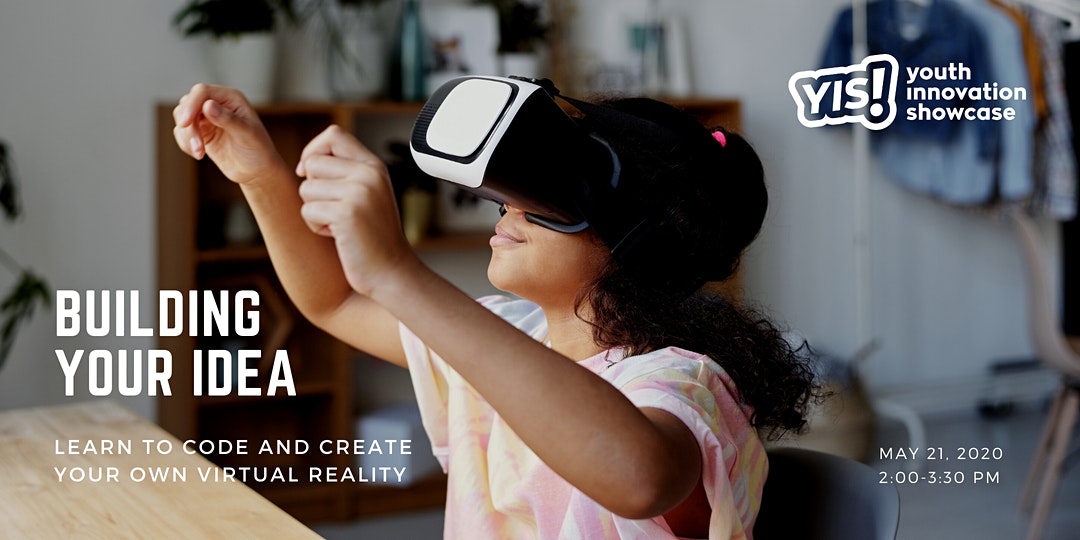It was spring break when the reality of the pandemic set in. The provincial wide lockdowns came abruptly and like many educators, my spring break turned from one of relaxation to sheer panic as we prepared to pivot to remote teaching. There was little time to adapt our lessons and after trial and error we realized that some units or lessons would not be transferable from the brick and mortar system they were developed for. I needed to find a remote teaching tool to effectively teach coding in middle school and high school that could also be used when we transitioned back to in-school learning.
I had already been testing out different coding tools but so far had not found an effective one. So I was excited when I discovered C3D.io for three reasons:
- The content and skills directly aligned with curriculum requirements and in some aspects were even ahead of educational technology trends combining and embedding Coding, Virtual Reality, Design Thinking & Computational Thinking into every lesson.
- Incorporation of STEAM (Science, Technology, Engineering, Art & Math) skills made C3D both engaging and challenging for students
- C3D provided me with the resources and support I needed to adapt my lessons to online teaching confidently despite having limited knowledge of coding myself.
1. Content and Skills
C3D immediately stood out from other programming tools. It uses familiar block based coding (e.g. Scratch and Blocky), but it also provides an option to “peek” behind the blocks and allow for students to see and write in javascript. Having this feature built into the software helps students to bridge the jump between visual and text based programming.
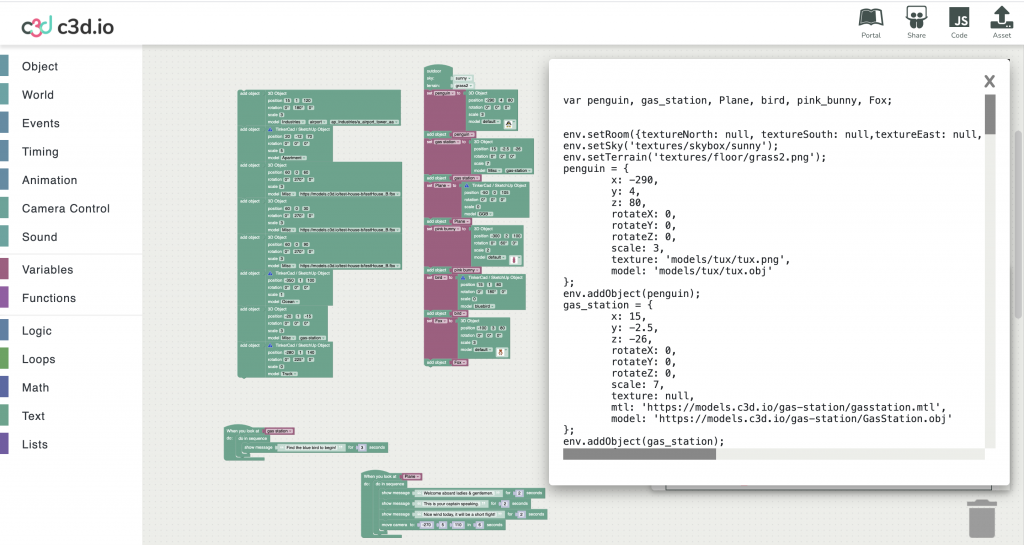
Another feature that I found separated C3D apart was it’s virtual reality (VR) component. VR requires a set of goggles, which initially was cost prohibitive, until Google Cardboard released affordable viewfinders to fit the average cell phone (See a list of all affordable viewfinders here). Google also came out with VR expeditions, a great free resource to explore different environments and useful as a lesson “hook” or introduction to a new unit or topic. However, Google Expeditions recently announced they will be closing their site and focusing more on Augmented Reality (AR) with Google Arts and Culture, further adding to the void of accessible VR Edtech and coding in middle school tools.
Educators know that lessons utilizing all three primary learning styles (auditory, visual, and kinesthetic) not only benefit the diverse learning needs of students, but also provides deeper learning across the Cognitive, Psychomotor, and Affective domains as students engage more deeply with the content and skills. C3D coding coupled with the VR technology supports this kind of learning that is not easily achieved and becomes even more valuable as a remote learning tool.
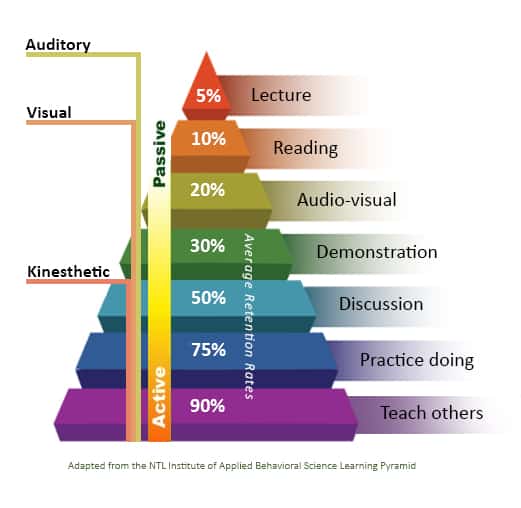
C3D stands out from other remote learning tools by removing the passive learner and providing students a hands-on approach to construct their own VR worlds, making the learning more meaningful as students can apply their own knowledge and experiences. Moreover, using the C3D Facilitators Guide, students engage in problem-based learning by designing and programming VR worlds that tackle real world problems. The Facilitators Guide applies design thinking and computational thinking, iterative processes that create space for students to fail and learn through trial and error.
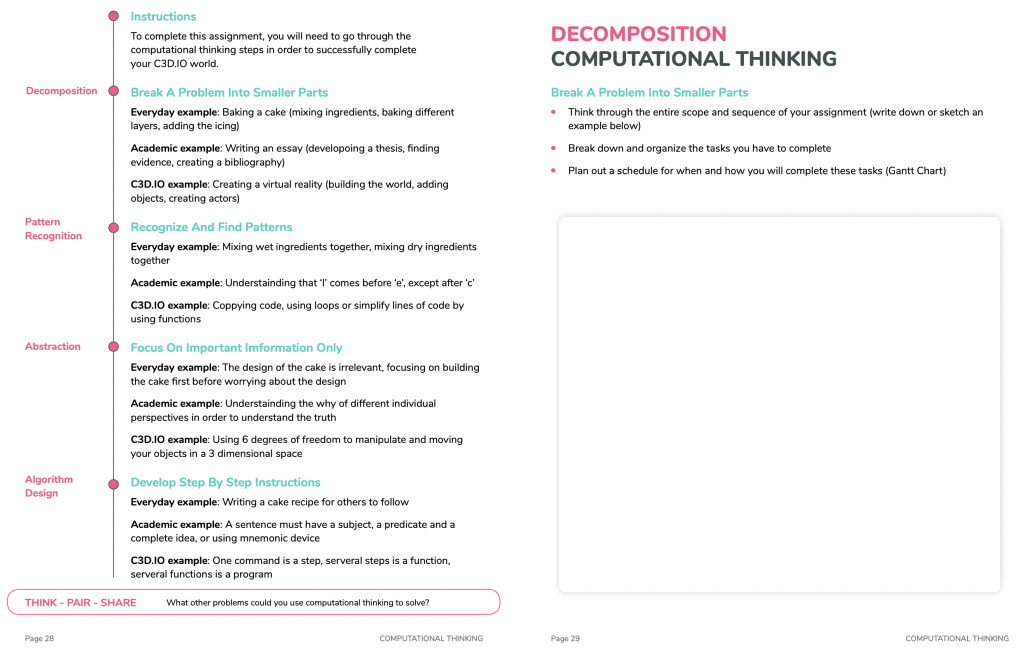
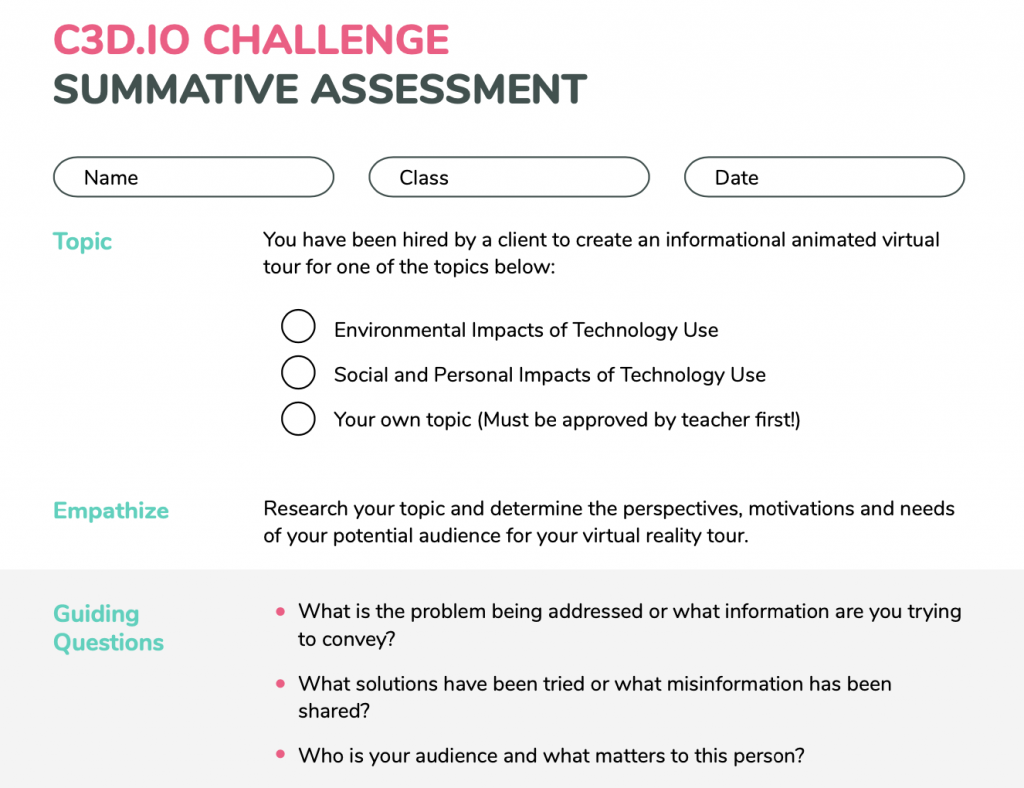
Lastly, C3D works with other third party softwares like Tinkercad, a computer aided design (CAD) software often used in conjunction with 3D printing. Tinkercad allows students to flex their creative muscles and create their own 3D models to import into their virtual worlds.
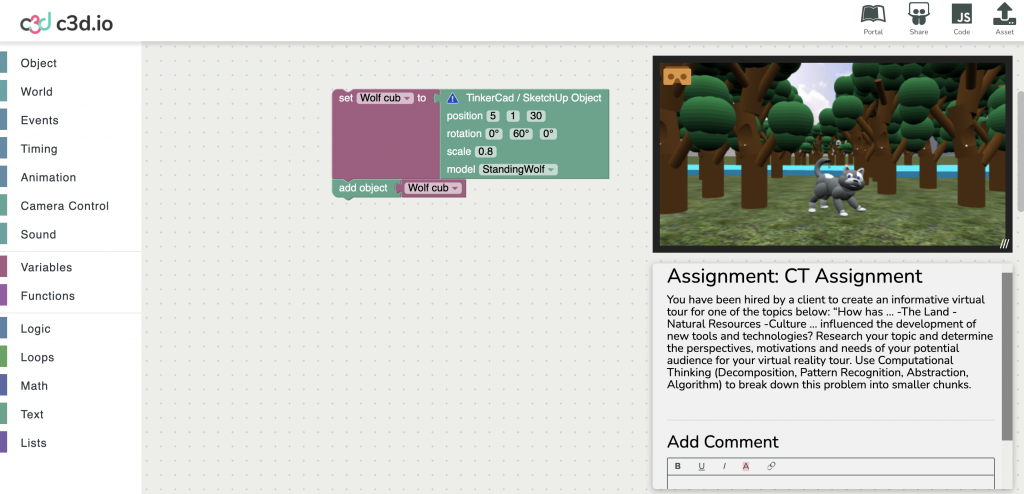
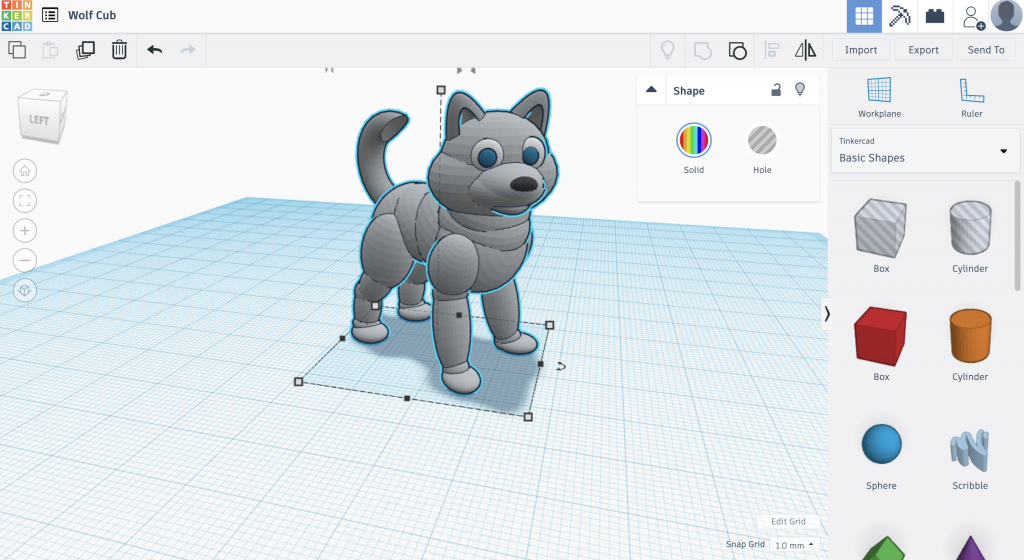
2. Engaging and Challenging
C3D as a learning activity incorporated STEAM throughout the unit and takes coding in middle school to the next level. Following the suggestion of the Facilitators Guide, I assigned one of the Applied Technologies questions from the BC curricular competencies.
To break down this complex task, students followed a Computational Thinking approach. Here students applied SCIENCE processing skills by observing, inferring, and predicting outcomes of their code. They engaged with different hardwares (some students used mice for the very first time) and software TECHNOLOGIES like Tinkercad. They used ENGINEERING concepts of perspective and structural analysis to build objects to scale.
And finally, students applied MATHEMATICS to manipulate objects by using x, y and z coordinates to position their objects and rotation planes and axis to move their objects around. With just the guiding question provided to them, students were afforded full creative license when designing and programming their virtual world. A perk of using VR is that students can let their imaginations run away and truly get ARTistic with their characters and storyline.

3. Resources and Support
Perhaps the most compelling reason for selecting C3D was the educator resources that it came with. Programming and coding are fairly new to me so I was hesitant to try something brand new while simultaneously navigating online learning. However, I quickly found my lesson planning was reduced as I was able to follow along with the Facilitators Guide. Additionally, using the tutorial videos took some of the teaching off my plate and allowed students to progress at their own pace without getting frustrated or bored. My favourite aspect of using C3D as a remote learning tool was using the teacher dashboard to monitor student progress in real time and pinpoint which students needed extra support and which students were excelling and could use additional challenges.
Upon reflection, C3D did more than just help me transition to remote learning, it leveled up my teaching. Initially trepid to tackle coding in middle school, I now feel confident to teach programming, modelling, and virtual reality thanks to the teacher resources and C3D’s ability to be an effective remote learning tool. Whether the future of education remains a brick and mortar environment or evolves to a hybrid model, C3D.io is a valuable resource that I will continue to use to teach students the 21st century skills they need.

Kelly Nichols
Kelly is a high school educator and founder of EdTech Consulting
- Freeman, A, et al. NMC/CoSN Horizon Report: 2017 K–12 Edition. 2017, library.educause.edu/~/media/files/library/2017/11/2017hrk12EN.pdf.
- “Google Cardboard.” Google, Google, arvr.google.com/intl/en_ca/cardboard/get-cardboard/.
- “Applied Design, Skills, and Technologies 8.” Building Student Success – B.C. Curriculum, BC Ministry of Education, 2020, www.curriculum.gov.bc.ca/curriculum/adst/8/core.
